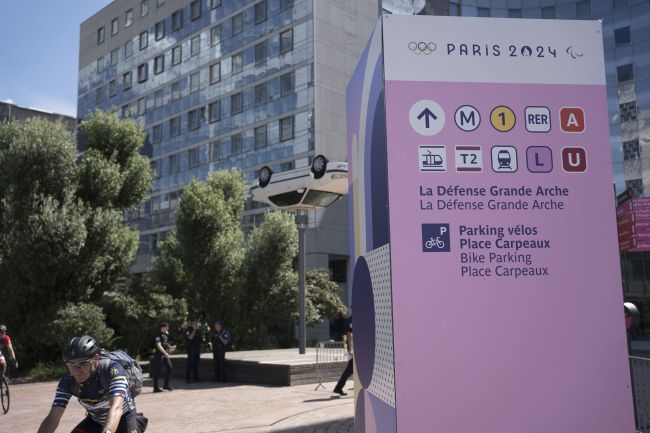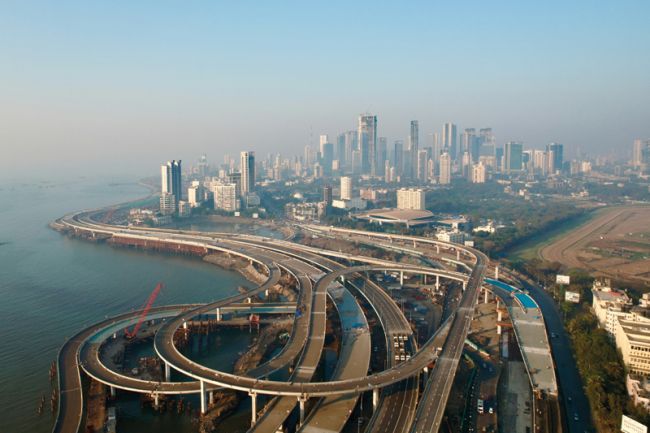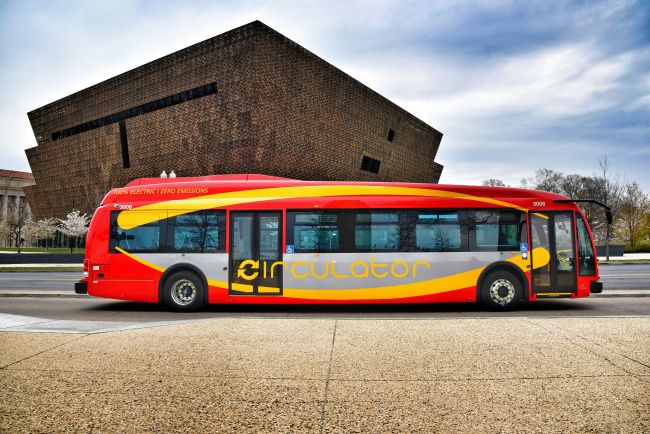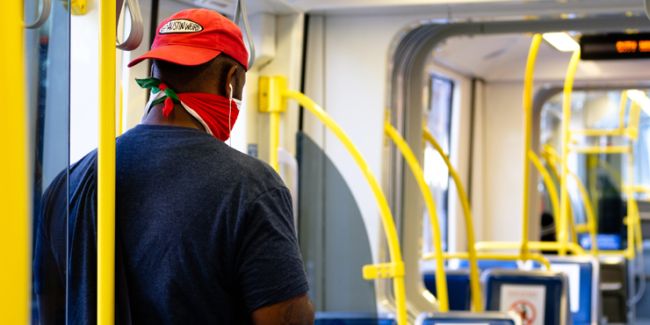Steer Urban Dynamic Model
The recent UK DfT consultation on appraisal and modelling had an eye-catching new concept: transformational change.

The recent UK Department for Transport (DfT) consultation on appraisal and modelling had an eye-catching new concept: transformational change. What, it asked, are the implications for appraisal of transformational change and do we have the tools to do the job?
Transformational change is a term that has crept into the transport debate in recent years, meaning, loosely, ‘large’ or ‘visionary’. In the search for investment projects that can regenerate stalling economies, transformational change is seen as a way to reshape and reconfigure those economies and societies to bring about a better future.
That’s the vision. More prosaically, a transformational project is one that will have a significant impact on the shape and workings of an urban or regional economy; on the size of the population, and where people live; on the numbers of employers and where they are located; and on the volumes and patterns of travel they all generate. It is a project whose primary effects are not marginal changes to existing travel patterns and behaviour, but a shift – a beneficial shift – in how the whole economy works.
Where transport is proposed as a transformational stimulus, or more realistically, a package of transport linked with other investment projects, an appraisal case must be made and, in the UK, that means following the requirements of WebTAG. Hence the DfT’s consultation. But WebTAG, and many of the tools it requires people to use when developing an appraisal, wasn’t really designed for ‘transformational’; those tools work well for marginal changes to an established system; but not when the system itself is being changed.
A systemic model
At Steer, our Urban and Regional Dynamic Models (UDM and RDM) are intrinsically systemic. In fact, they are built using System Dynamics, a simulation technique designed precisely for modelling how systems behave and the links between people, employers, transport, housing and commercial infrastructure are most certainly a system.
The model’s roots go back a long way. We were using an experimental version of it in the early 2000s, and in 2007 the model won the Scottish Transport Awards prize for Technology and Innovation. But its time really came when large, visionary and, yes, transformational, projects came along.
For the West Yorkshire Plus Transport Investment Fund, the UDM was central to designing the investment package and building the business case for a £1bn multimodal transport investment package.
The RDM was used in 2017 on behalf of the National Infrastructure Commission to look at the transport implications of very large-scale development proposals, with up to a million more households in the Oxford to Cambridge corridor.
A customised version of the RDM, known as the Northern Economy and Land-Use Model, or NELUM, has been built for Transport for the North, and is now being used to appraise the impacts of transformational investment in transport and the economy across six cities in the North of England.
The future looks good. Steer has recently been commissioned by Transport for the South East to build a model of the South East of England, and we have had our first success overseas with a model of Boston, Massachusetts, commissioned by the Massachusetts Bay Transportation Authority.
The Urban Dynamic Model is unlike any other model:
- The UDM and RDM are both large-scale systems models of how people, employers, transport and land use interact over wide areas and long periods of time.
- Their primary use is to demonstrate how investment in transport changes, and is changed by, where people live, where new development occurs, and where employment locates.
- With a rich variety of outputs, the headlines are: the impacts on employment; the changes to travel patterns, mode shares and volumes; changes to CO2 emissions; and social-equity measures, such as access to employment opportunities.
- The model can also provide WebTAG-compliant estimates of user benefits, productivity gains, and the GDP impacts of increased employment.
- It is fast. Run times are typically around 30 minutes to simulate 25 years, allowing rapid testing of alternative scenarios.
- It is scalable: we offer the ‘full’ model, a simplified version called UDM-Lite, and a light-touch online version that can be run with a browser.
To try the online UDM, go to: http://udm.steergroup.com





















